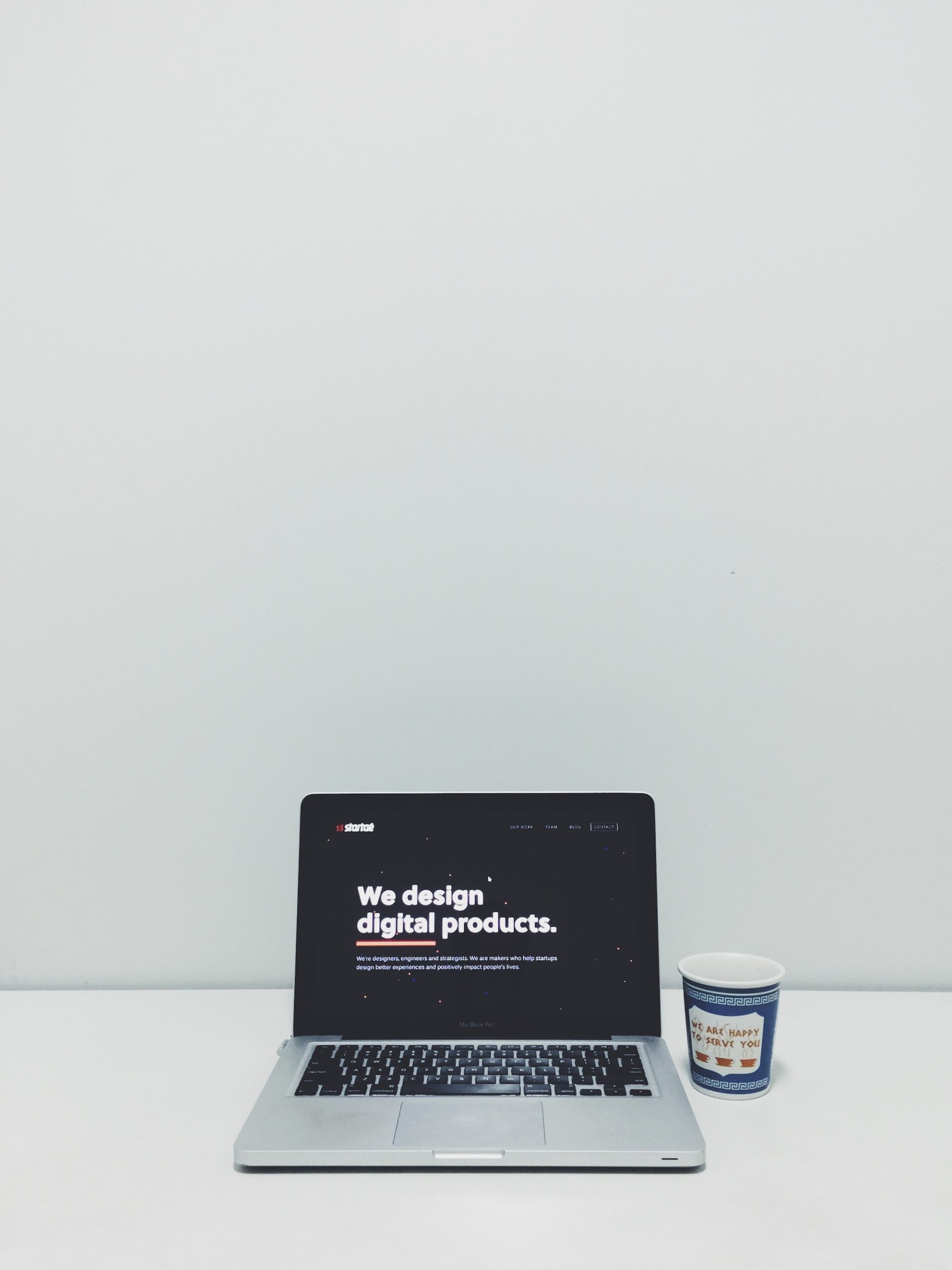When it comes to landing a job in Canada, your resume is your ticket to an interview. I understand that building a resume can feel overwhelming, especially if you are new to the Canadian job market.
This guide will walk you through the process of creating a resume that not only looks professional but also shows off your skills and experiences in the best light. I have seen firsthand how a well-crafted resume can open doors, and I hope this guide helps you feel confident about your next career move.
Understanding the Role of a Resume
A resume is more than just a list of jobs and schools. It’s a snapshot of your professional journey that gives potential employers a glimpse into who you are and what you can offer.
In Canada, where competition for jobs can be high, having a resume that stands out is important. Statistics show that employers spend as little as 6 seconds scanning each resume before deciding if a candidate is a fit (Job Bank Canada). With so little time, every word and format choice counts.
Step-by-Step Guide to Building a Great Resume
I’ve broken down the resume-building process into clear steps. Following these steps will help you create a resume that is neat, engaging, and tailored for the Canadian job market.
1. Choose the Right Format
The format you choose sets the tone for your resume. The three most common resume formats are:
Just Before You Go
Empower individuals to overcome barriers, gain essential skills, and secure gainful employment through our proven programs—KeelMaster, KeelWings, and KeelMate. Your support can spark change and build brighter futures.
Donate Now- Chronological: Lists your work experience in order from most recent to oldest. This format is great if you have a steady work history.
- Functional: Focuses on skills and experience rather than job history. This is useful if you are changing fields or have gaps in your employment.
- Combination: Mixes both chronological and functional aspects. Use this if you want to highlight both your skills and your work experience.
Pick the format that best shows off your strengths. For many Canadian employers, a chronological or combination format works well because they provide clear career progression.
2. Include Essential Contact Information
At the top of your resume, include:
- Your full name
- A professional email address
- A phone number
- Your city and province (full address is not necessary)
- Optional: A link to your LinkedIn profile or professional website
Make sure your email sounds professional—ideally a variation of your first and last name.
3. Write a Compelling Summary or Objective
A summary or objective is a short paragraph at the top of your resume. It should quickly tell employers who you are, what you have to offer, and what you’re looking for. For example:
“Detail-oriented marketing professional with over 5 years of experience in digital campaigns and social media strategy, seeking to bring creative solutions to a growing Canadian company.”
Keep it brief and to the point.
4. List Your Work Experience
Your work experience is the heart of your resume. For each job, include:
- Job title
- Company name and location
- Dates of employment (month and year)
- Bullet points highlighting your responsibilities and achievements
Focus on what you accomplished in each role. Use action words like “developed,” “managed,” and “implemented” to describe your contributions. Whenever possible, add numbers to show your impact (e.g., “Increased sales by 20%”).
5. Highlight Your Education
Include your educational background, starting with the most recent degree or certification. Provide:
- Name of the institution
- Degree or certification earned
- Dates attended or graduation date
If you are a recent graduate or if your education is highly relevant to the job, place this section above your work experience.
6. Include Skills and Certifications
List skills that match the job description. These can include technical skills (like software proficiency) and soft skills (like communication and teamwork). If you have any certifications or training relevant to the job, add them here. This section is particularly important in fields like IT, healthcare, and engineering.
7. Tailor Your Resume for Each Job Application
It might be tempting to send the same resume to every job, but taking a few extra minutes to tailor your resume for each application can make a big difference. Look at the job posting and include keywords and skills mentioned by the employer. This approach helps your resume get noticed by applicant tracking systems (ATS) and human recruiters alike.
Tips for a Successful Resume
- Keep It Simple: Use a clean layout with plenty of white space. Stick to one or two easy-to-read fonts.
- Be Honest: Never exaggerate your experience or skills. Honesty builds trust.
- Proofread: Errors can hurt your chances. I always recommend having someone else review your resume.
- Use Bullet Points: Bullet points help break up text and make your achievements stand out.
- Keep It Up-to-Date: Regularly update your resume with your latest achievements and roles.
A good resume is a living document. As you gain more experience and skills, update it to reflect your growth. This keeps you ready for new opportunities whenever they come your way.
Common Mistakes and How to Avoid Them
Even with the best intentions, it’s easy to make mistakes on your resume. Here are some pitfalls to watch out for:
- Too Much Information: Keep your resume focused. Include only the most relevant details.
- Overly Complex Language: Stick to clear and simple language. Avoid technical jargon unless it is common in your industry.
- Ignoring the Job Description: Make sure your resume speaks directly to the role you are applying for.
- Poor Layout: A cluttered resume can be hard to read. Use sections and headings to organize information.
- Missing Contact Information: Double-check that all your contact details are correct so employers can reach you.
Avoiding these mistakes will help your resume stand out for the right reasons.
Using Online Tools and Further Resources
There are plenty of online tools that can help you build a strong resume. Some resources I find useful include:
- Canada Job Bank: This government site provides resume samples and tips for job seekers in Canada. Visit Canada Job Bank’s resume page for more details.
- Resume Builders: Websites like Indeed and Zety offer templates and advice that can simplify the process.
- Professional Networks: LinkedIn not only helps you network but also offers features to build and showcase your resume online.
- Local Career Services: Many community centers and libraries in Canada offer free resume workshops. Check with local services in your area for support.
These resources can offer guidance and help you create a resume that feels right for your career goals.
Frequently Asked Questions (FAQs)
What is the best resume format for a job in Canada?
Most Canadian employers prefer a chronological or combination format because they clearly show your work history and growth over time.
Should I include a photo on my resume?
In Canada, it is not common practice to include a photo on your resume. Employers focus on your skills and experiences rather than your appearance.
How long should my resume be?
For most job seekers, a one- or two-page resume is sufficient. Keep it concise and relevant.
Can I add volunteer work to my resume?
Absolutely. Volunteer work can highlight transferable skills and show your commitment to the community, which is valued by many Canadian employers.
How do I handle gaps in my employment history?
Be honest about gaps. You can include a brief explanation in your cover letter or within your resume if you completed courses, volunteer work, or freelance projects during that time.
Final Thoughts
Creating a resume for a job in Canada doesn’t have to be a daunting task. I have seen how a simple, well-organized resume can make a big difference in getting noticed by recruiters. By following the steps in this guide, you can build a resume that effectively tells your professional story and opens up opportunities in the Canadian job market.
I hope you found this guide helpful and feel more confident about your resume-building journey. Now, I’m curious:
Just Before You Go
Empower individuals to overcome barriers, gain essential skills, and secure gainful employment through our proven programs—KeelMaster, KeelWings, and KeelMate. Your support can spark change and build brighter futures.
Donate Now



